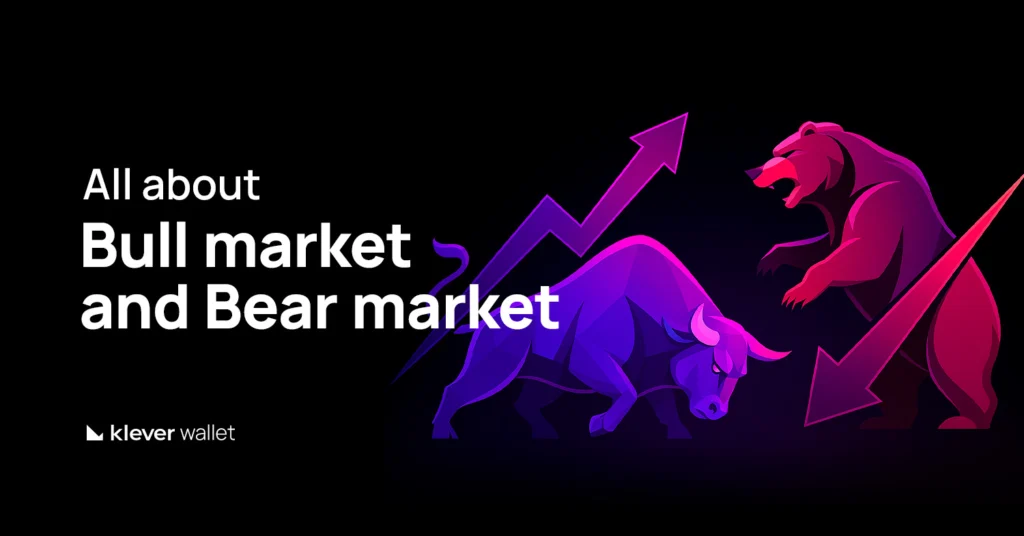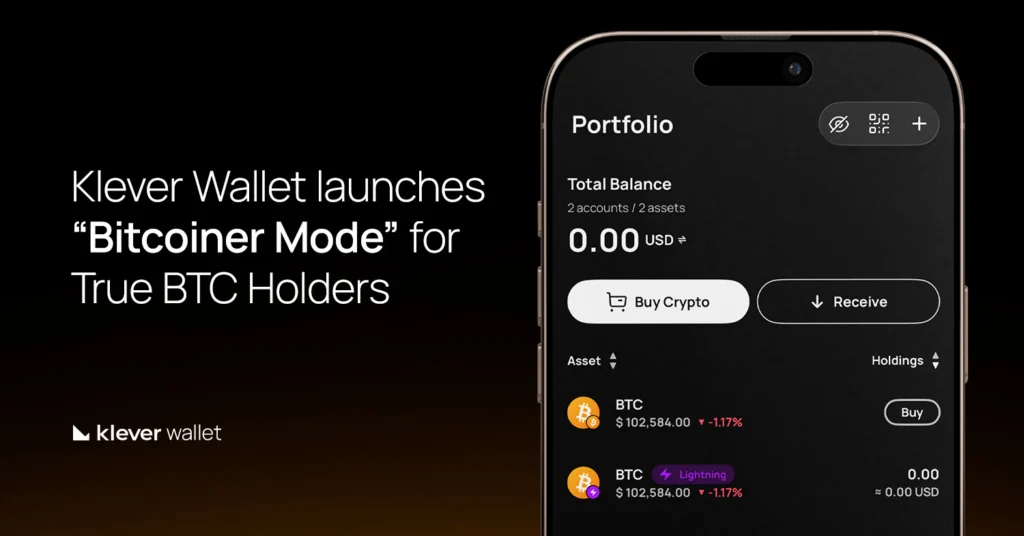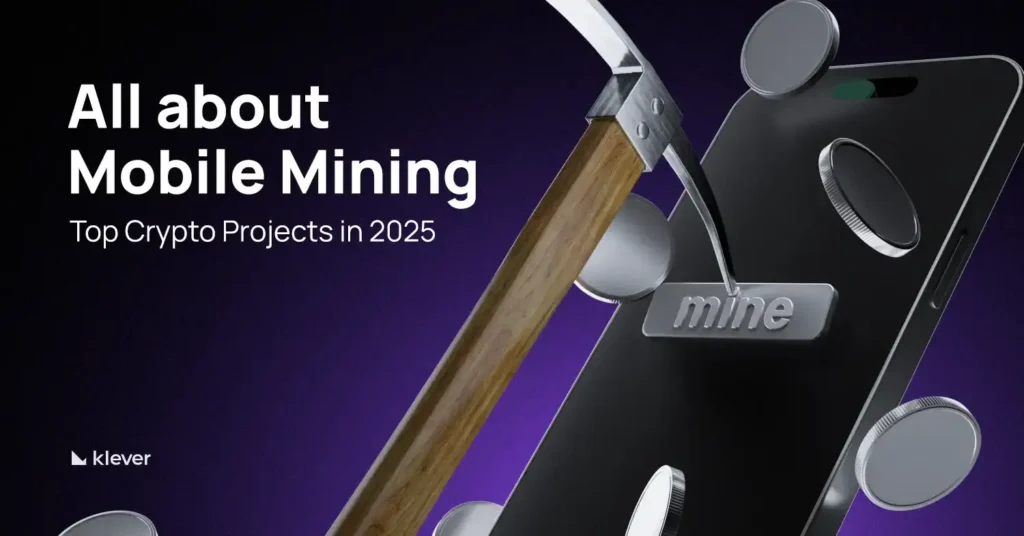
As cryptocurrency adoption continues to rise, many new users are entering the ecosystem not through exchanges or complex setups, but through their smartphones.
This growing trend is known as mobile mining, and while it might not be “mining” in the traditional sense, it’s playing a central role in onboarding millions of users to Web3.
This in-depth article explains what mobile mining is, how it evolved, the leading projects involved, the challenges it faces, and its potential long-term impact on financial inclusion, crypto adoption, and the token economy.
What You’ll Learn in This Article
What Is Mobile Mining in Crypto?
Types of Crypto Mobile Mining
Pros & Cons of Mobile Mining
Why Mobile Mining Matters (Beyond the Tech)
Timeline: Mobile Mining Evolution
Case Study: Pi Network Boom (2023–2025)
Mobile Mining vs Traditional Methods
The BlockDAG Buzz: Does It Involve Mobile Mining?
Final Thoughts
What Is Mobile Mining in Crypto?
Mobile mining is the process of earning cryptocurrency rewards using a smartphone rather than traditional high-performance mining setups. While conventional mining requires ASICs or GPUs to perform Proof-of-Work calculations and secure the blockchain, mobile mining typically takes alternative forms
In most cases, mobile mining doesn’t involve actual blockchain validation or PoW work being performed on the phone itself.
Instead, it distributes tokens through
- Cloud-based simulations
- App-based engagement (gamification)
- In rare cases, actual CPU work on mobile
Types of Crypto Mobile Mining
Mining cryptocurrency on the phone isn’t a one-size-fits-all model. Different projects have taken unique approaches to let users “mine” or earn rewards through their smartphones.
Here are the main methods to mine crypto on the phone in use today
1. Cloud-Based Mining
Cloud-Based Mining is the most common type of mobile mining. Users don’t actually mine on their phones, instead, they interact with a user interface that simulates mining, while the actual process happens on a cloud server.
- Mining happens on external servers.
- Users simply log in, press a button daily, or keep the app active.
- Example projects: Pi Network, Ice Network
2. Gamified Mining (Proof of Engagement)
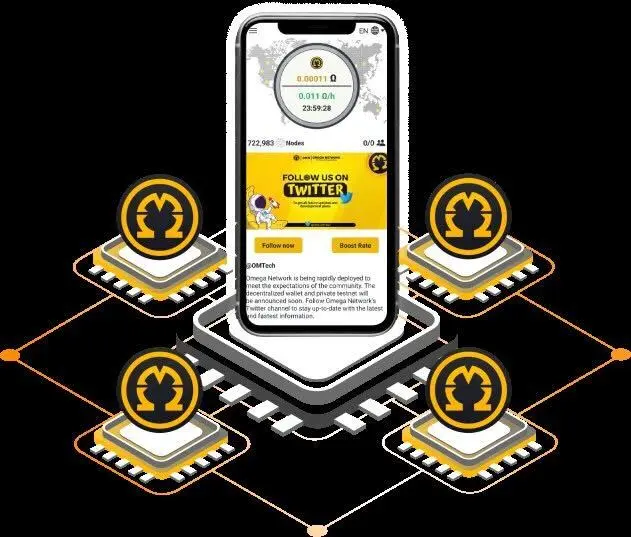
This model rewards users for activity and interaction rather than computational work. It’s more about building habits, streaks, and social participation.
- Users “earn” coins by completing tasks, maintaining login streaks, referring friends, or using app features.
- Not technically mining, but simulates token distribution mechanisms.
- Examples: Omega Network, Athene Network
3. Real On-Device Mining (Rare)
A very small number of projects allow your phone’s CPU to be used for real Proof-of-Work. While it’s technically impressive, it’s limited in profitability and can stress your phone’s hardware.
- Your phone’s CPU or resources are actually used to mine.
- This is resource-intensive and inefficient on most mobile devices.
- Examples: VerusCoin, early Electroneum
4. Browser-Based Simulated Mining
These apps or extensions let users simulate the act of mining while browsing. They often rely on ads, referral schemes, or time-based engagement rather than actual block validation.
- Apps like CryptoTab simulate mining while users browse.
- May not involve actual mining at all; driven by ads or referrals.
- Examples: CryptoTab Browser
Pros & Cons of Mobile Mining
Like any emerging trend in crypto, crypto to mine on the phone comes with its own set of advantages and limitations.
While it opens the door for wider participation and helps new users engage with digital assets effortlessly, it also raises questions about sustainability, legitimacy, and actual utility.
Here’s a breakdown of what works—and what doesn’t—when it comes to crypto mining from your phone:
Pros of Crypto Mobile Mining
- No expensive setup or hardware needed
- Great for crypto beginners
- Available globally with just a phone and internet
- Builds community and brand awareness for projects
- Enables early participation in token economies
Cons of Crypto Mobile Mining
- Most don’t involve real blockchain mining
- Token value is often speculative or unavailable
- High risk of scams, data harvesting, or unsustainable models
- Energy consumption and CPU use may still affect your phone
Why Mobile Mining Matters (Beyond the Tech)
Mobile mining plays a crucial role in democratizing access to crypto by removing technical and financial barriers.
In regions where people don’t have computers or reliable banking infrastructure, a smartphone may be the only way to explore digital assets.
This makes mobile mining a natural gateway to participation in the crypto economy.
In some cases, especially in low-income or remote areas, organizations or informal groups have set up mobile mining ‘farms’—shared spaces where multiple low-cost smartphones are used in parallel to collectively mine simulated tokens.
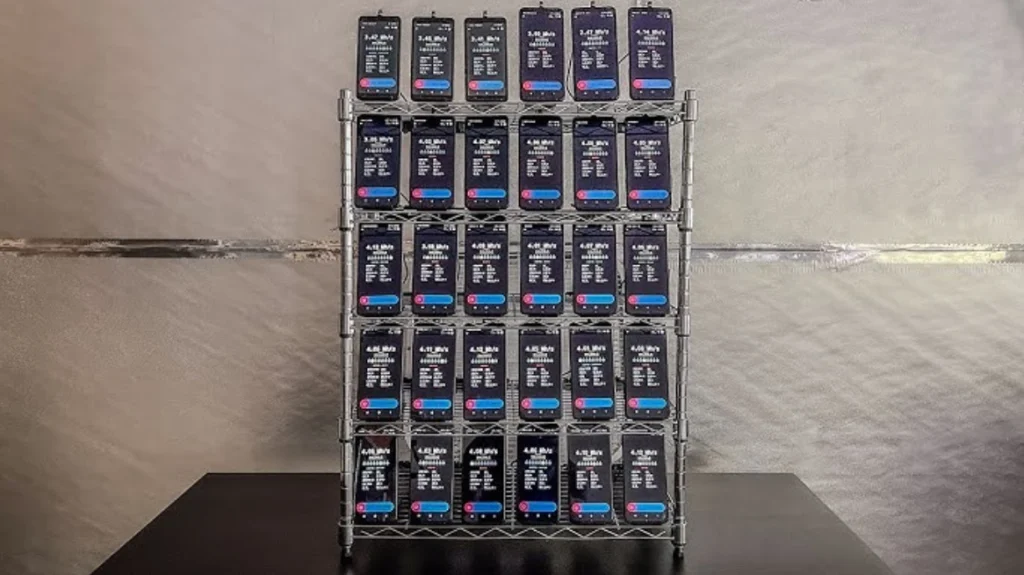
Source: Youtube
These setups often rely on Wi-Fi access, low power consumption, and devices running 24/7 with automated scripts.
While they don’t generate high-value crypto, they illustrate how resourceful users are leveraging basic infrastructure to maximize earnings in mobile-first economies.
It helps onboard users in areas with limited internet access, offering a lightweight and inclusive way to start earning or learning about cryptocurrencies.
For those who are curious but hesitant to invest money upfront, mobile mining provides a no-risk, educational entry point.
Beyond access, mobile mining also serves important strategic purposes for projects.
From a marketing standpoint, gamified mining apps are highly engaging, keeping users returning daily and building habits.
It’s also an effective method for token distribution, functioning as an alternative to traditional ICOs or airdrops.
Most importantly, it encourages organic community growth by giving early supporters a reason to stay involved and feel rewarded before a token even hits the market.
Leading Projects in Mobile Mining
Several projects have shaped the landscape of mobile mining over the past few years.
Some by pioneering unique mechanics, others by driving mass adoption. Many of these are now tracked under the “mobile mining tokens” category on CoinMarketCap and CoinGecko, offering a way to monitor token performance and availability in the market.
Here is listed some of the key players, along with token-specific details that help you evaluate their impact and position in the ecosystem. DYOR before making any move on the crypto market.
Pi Network (PI)
Token Symbol: PI (currently IOU-based on some exchanges)
- Launch: 2019
- Founders: Stanford graduates
- Mechanism: Social consensus; tap-to-mine daily
- Users: Estimated 45+ million as of 2025
- Status: Mainnet pending; IOUs trading unofficially
- Unique angle: Viral referral model, gamified dashboard, educational tone
Electroneum (ETN)
Token Symbol: ETN
- Launch: 2017
- Claim: First true mobile-focused crypto
- Mechanism: Originally simulated mining with cloud rewards
- Focus: Financial inclusion for the unbanked in Africa, Asia
Ice Network
Token Symbol: ICE (in testnet phase)
- Launch: 2022+
- Similar to: Pi Network in mechanics
- Focus: Tap-to-mine model, invites, streak-based rewards
- Stage: In pre-mainnet phases with a growing user base
CryptoTab Browser
Token Mined: Bitcoin (BTC)
- Launch: ~2018
- Functionality: Mine BTC while using the browser
- Reality: Mostly referral-based with simulated mining visuals
VerusCoin (VRSC)
Token Symbol: VRSC
- True PoW: Uses CPUs, including mobile ARM processors
- Open-source and decentralized
- Tradeable: Available on several exchanges
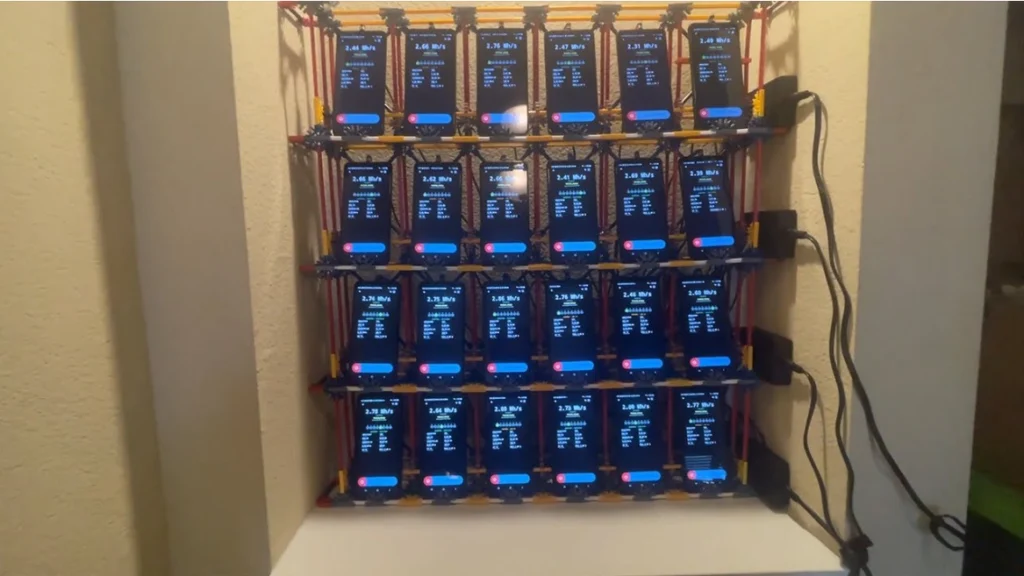
Source: Youtube
Timeline: Mobile Mining Evolution
| Year | Project | Contribution or Highlight |
| 2017 | Electroneum | First project to claim mobile mining |
| 2018 | CryptoTab | Browser-based BTC “mining” |
| 2019 | Pi Network | Tap-to-mine model went viral globally |
| 2020 | Bee, TimeStope | Pi clones with referral mechanics |
| 2022 | Ice Network | Gained traction with tap-to-mine UX |
| 2023+ | BlockDAG projects | Started marketing mobile mining integrations |
Case Study: Pi Network Boom (2023–2025)
Pi Network launched quietly in 2019 but exploded between 2023–2025 due to
- IOU listings on exchanges creating buzz
- Community hitting 40M+ users
- Mainnet hype, testnet migrations
- Regular updates and evolving roadmap
Estimated Growth
| Year | Users (approx) |
| 2019 | 0.5M |
| 2020 | 1.5M |
| 2021 | 5M |
| 2022 | 10M |
| 2023 | 20M |
| 2024 | 35M |
| 2025 | 45M+ |
Mobile Mining vs Traditional Methods
To truly understand the role of mobile mining, it’s helpful to compare it directly with other popular crypto earning models like traditional Proof-of-Work (PoW) mining and staking/DeFi participation.
Each comes with its own requirements, risks, and rewards.
The table below highlights how mobile mining stacks up
| Factor | Mobile Mining | Traditional PoW Mining | Staking / DeFi |
| Hardware Cost | None | Very high | None |
| Learning Curve | Easy | Complex | Moderate |
| Rewards | Low | High (if optimized) | Medium–High |
| Risk | App-based risk | Hardware and cost risk | Smart contract risk |
| Audience | Beginners | Tech-savvy miners | Investors |
The BlockDAG Buzz: Does It Involve Mobile Mining?
BlockDAG (Block Directed Acyclic Graph) is a network architecture that allows multiple blocks to be added simultaneously for higher throughput. Some newer BlockDAG projects (like Kaspa, BlockDAG coin, or Fantom DAG protocols) have started marketing mobile mining options.
But the truth is
- BlockDAG is about scalability, not mobile UX.
- Some projects combine BlockDAG infrastructure with tap-to-earn mobile apps to attract users.
- These integrations are still experimental and should be viewed critically.
What to Watch Out For When Mining Cryptocurrency on the Phone
Mobile mining apps can be a great entry point, but they’re not without risks
- Scams: Projects that ask for money upfront or make wild promises
- Data Privacy: Some apps may harvest sensitive information
- No Real Utility: Tokens that never launch, or lack exchange listings
- Ponzi-Like Referrals: Projects that only reward inviting others without sustainable models
Always DYOR (Do Your Own Research) before installing or promoting a mobile mining project.
Final Thoughts
In 2025, mobile mining is less about hashrate and more about human interaction. It leverages smartphones to build communities, distribute tokens, and onboard users from all walks of life—especially those without access to traditional banking or mining setups.
For some, it’s a stepping stone into Web3. For others, it’s speculative engagement. But for many in underbanked regions, it could be the first real taste of digital ownership.
As long as users understand the difference between real mining, simulated mining, and engagement-based rewards, mobile mining can continue to thrive as a powerful tool for inclusion and adoption in the crypto space.
Security is one of the core foundations of the crypto world. Safeguarding your digital assets means protecting your private keys and having complete control over your funds.
That’s why wallet apps like Klever Wallet have become essential tools in the ecosystem. With support for over 10,000 assets across dozens of blockchains, Klever offers a secure, decentralized, and easy-to-use platform to send, receive, and store cryptocurrencies — all from your smartphone.
Klever puts you in full control, offering backup options through a secure recovery phrase or encrypted file, along with advanced protection features like PIN codes, biometric login, and multi-layer authentication.
Take control of your crypto — download Klever Wallet today and explore the world of digital assets with confidence.
Be your own bank. Be Klever!



